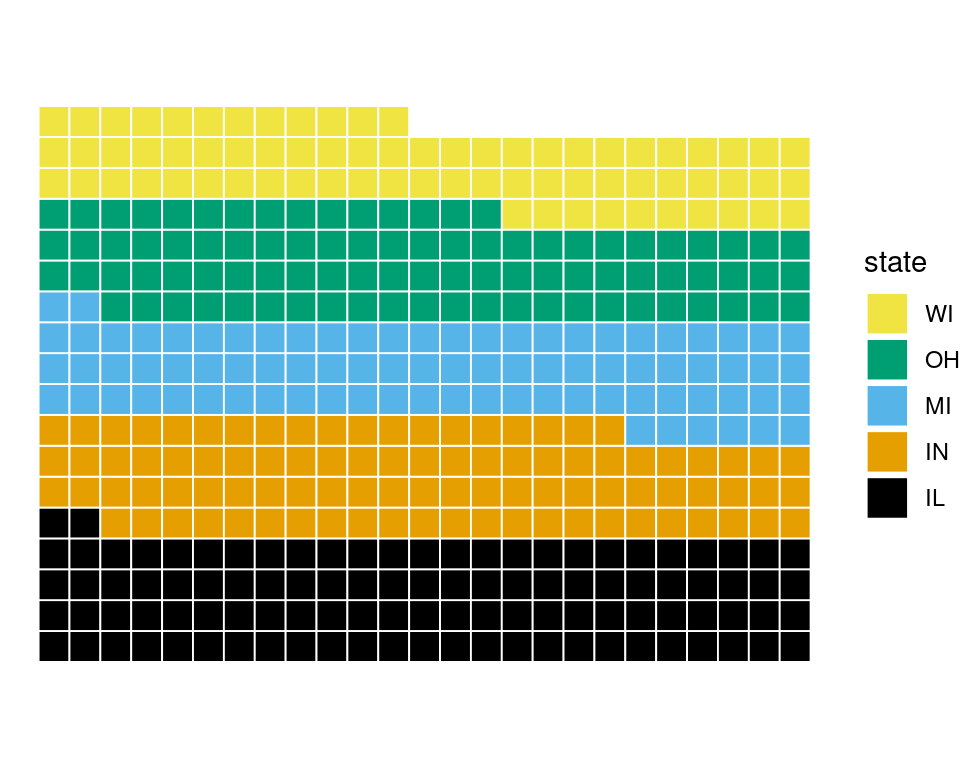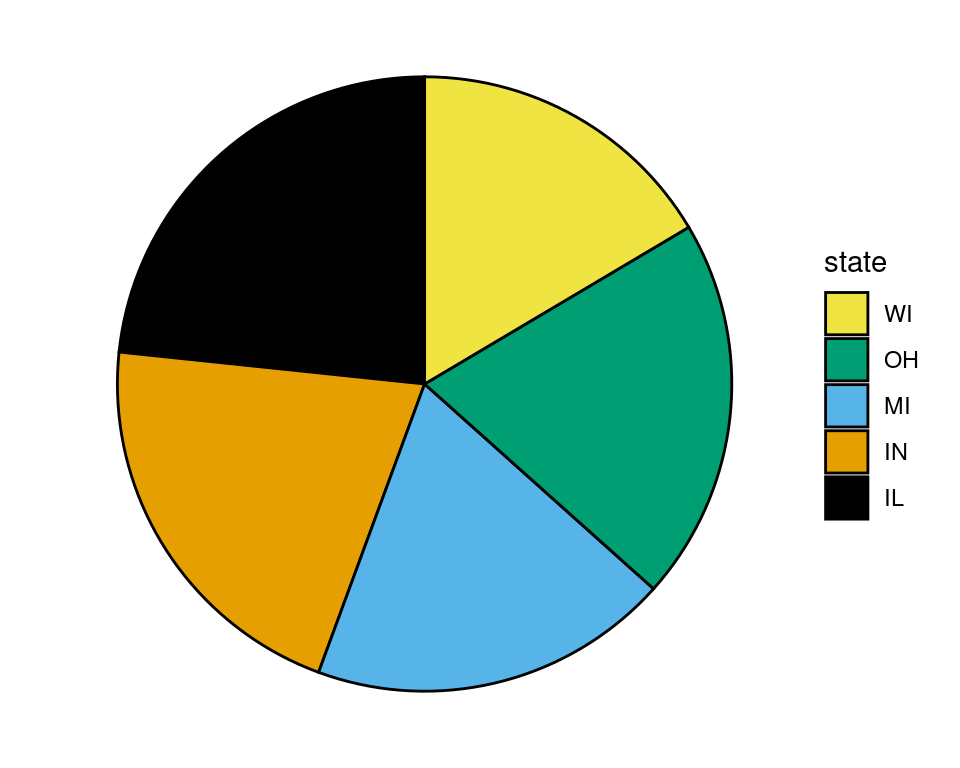
Data visualization overview
Lecture 4
Duke University
STA 199 - Spring 2024
2024-01-25
Warm up
While you wait…
Questions from the prepare materials?
Announcements
Lab 1 due Monday morning at 8 am.
My office hours today after class + 2-3 pm in Old Chem 213
Lots of TA office hours, including over the weekend
Submitting late and want to use your one-time waiver? Email our course coordinator Dr. Mary Knox.
AEs this week should be submitted by midnight on Sunday. To “submit”, commit and push at least once to your
aerepo for each application exercise this week.Pilot: Ed Discussion threads for lecture, linked at the bottom of each slide.

Questions from last time
Many of the questions in Lab 1 are subjective. How does that work?
identify at least one outlier
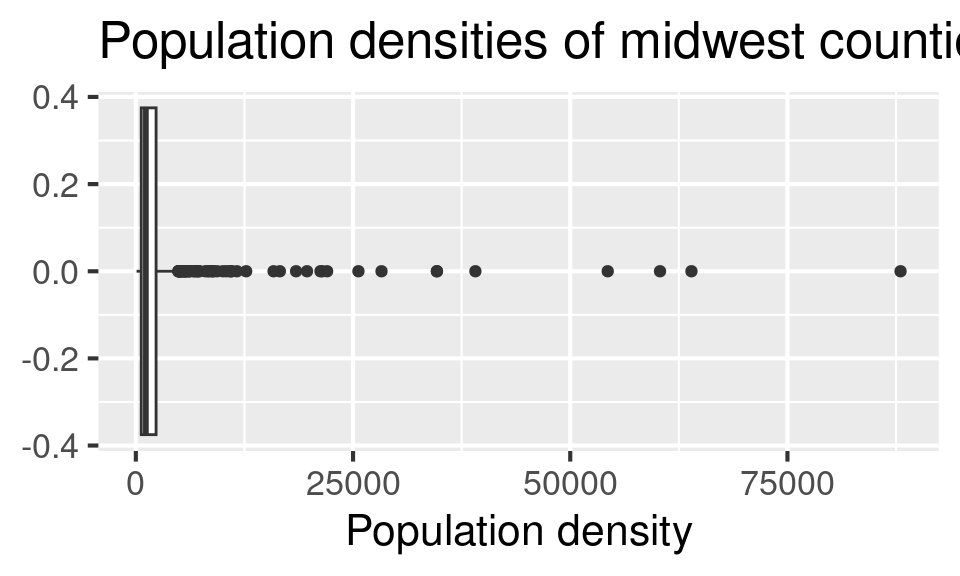
Questions from last time
Many of the questions in Lab 1 are subjective. How does that work?
identify at least one outlier ✅
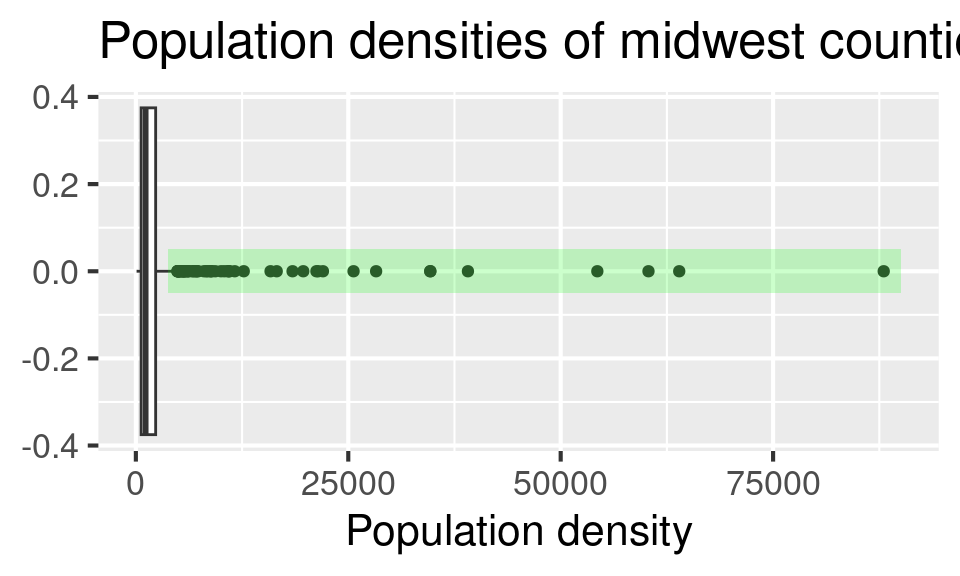
Questions from last time
Many of the questions in Lab 1 are subjective. How does that work?
identify at least one outlier ❌
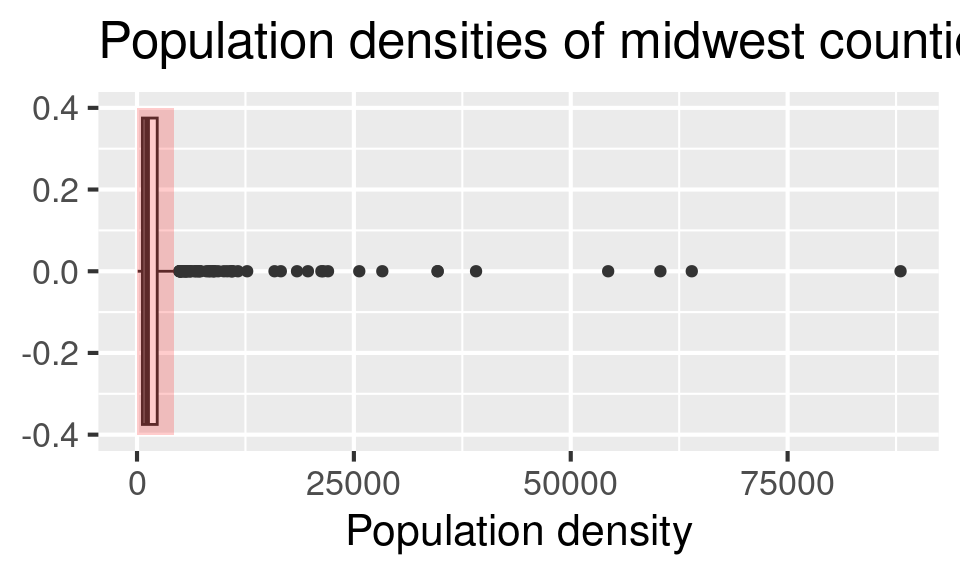
Questions from last time
What are some situations where waffle plots are better than pie charts?
Let’s take a look at an example…
🥧 or 🧇?
🥧 or 🧇 or ?
From last time
Packages
Bivariate analysis
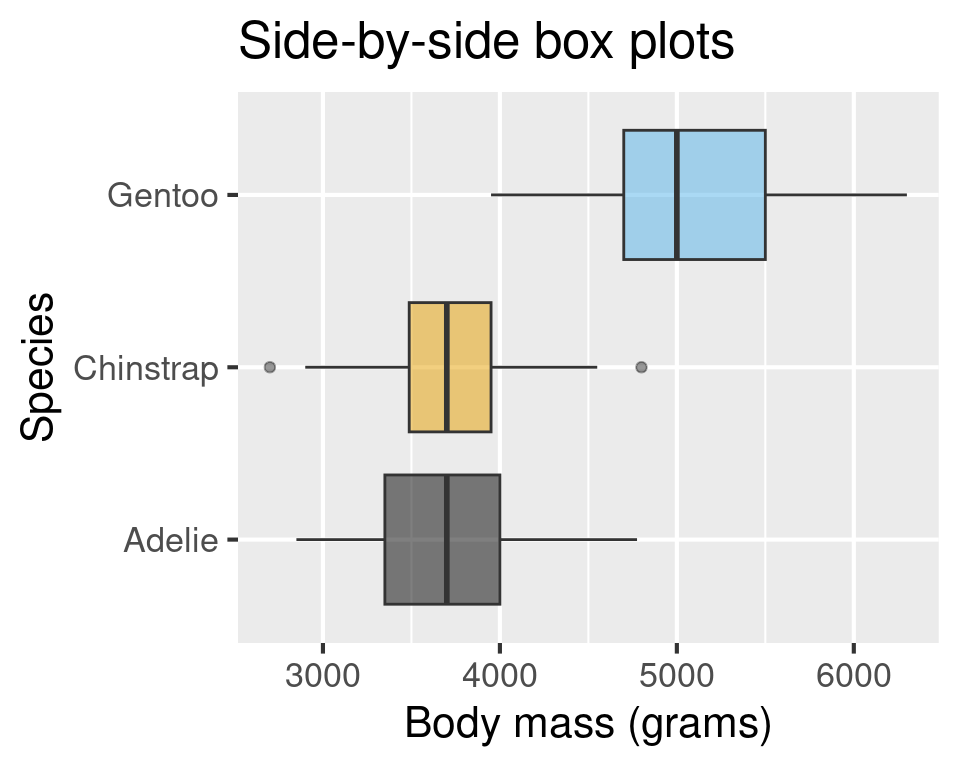
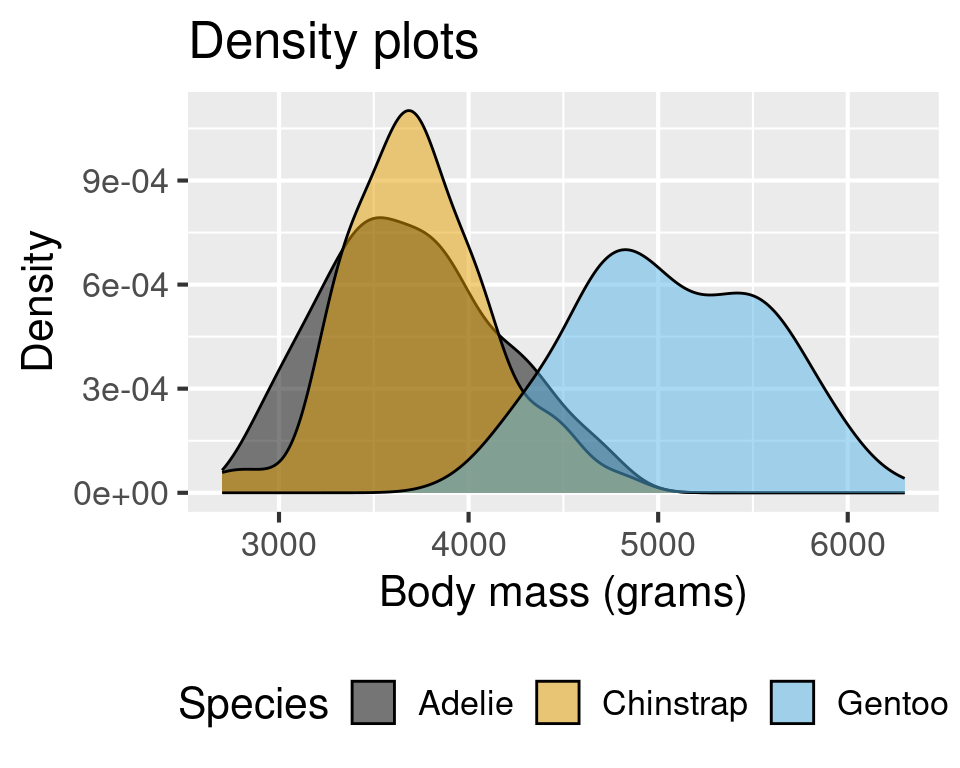
Violin plots
Multiple geoms
Multiple geoms
Multiple geoms + aesthetics
Multiple geoms + aesthetics
Multiple geoms + aesthetics
Multivariate analysis
Bechdel
Load the Bechdel test data with read_csv():
ROI by test result
What about this plot makes it difficult to evaluate how ROI varies by Bechdel test result?
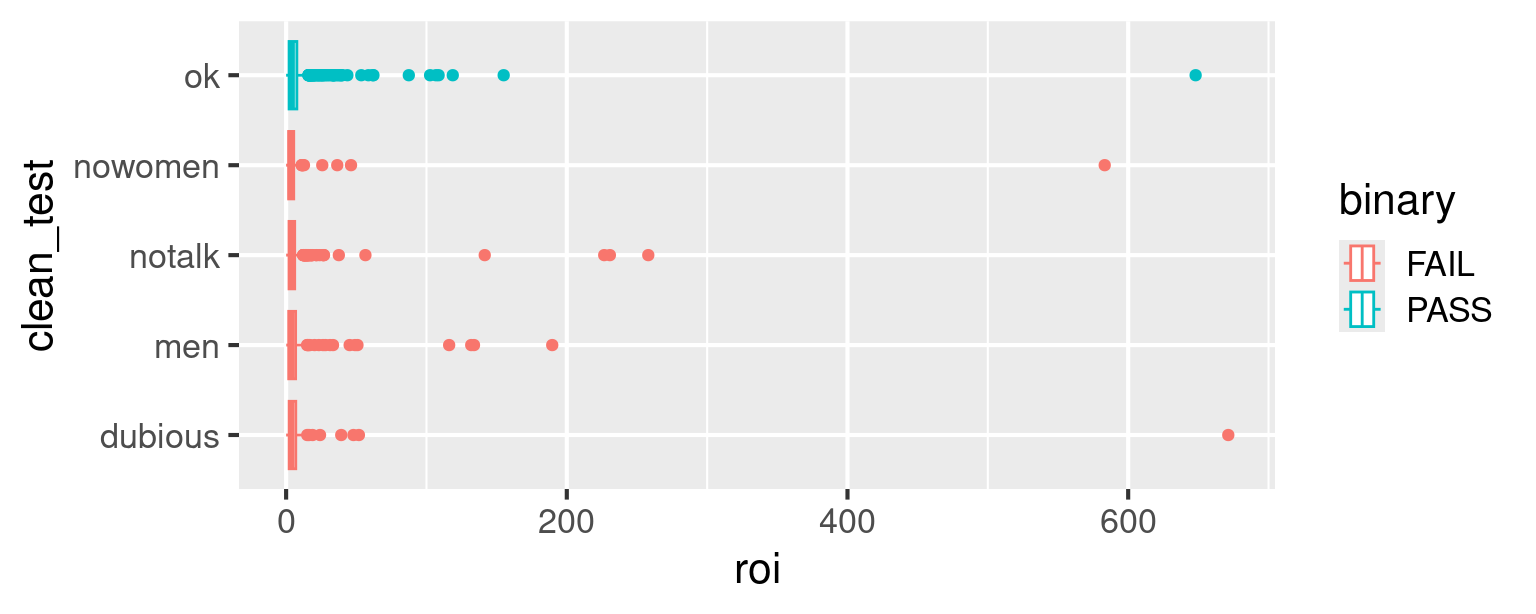
Movies with high ROI
What are the movies with highest ROI?
# A tibble: 3 × 6
title roi budget_2013 gross_2013 year clean_test
<chr> <dbl> <dbl> <dbl> <dbl> <chr>
1 Paranormal Activity 671. 505595 339424558 2007 dubious
2 The Blair Witch Project 648. 839077 543776715 1999 ok
3 El Mariachi 583. 11622 6778946 1992 nowomen ROI by test result
Zoom in: What about this plot makes it difficult to evaluate how ROI varies by Bechdel test result?
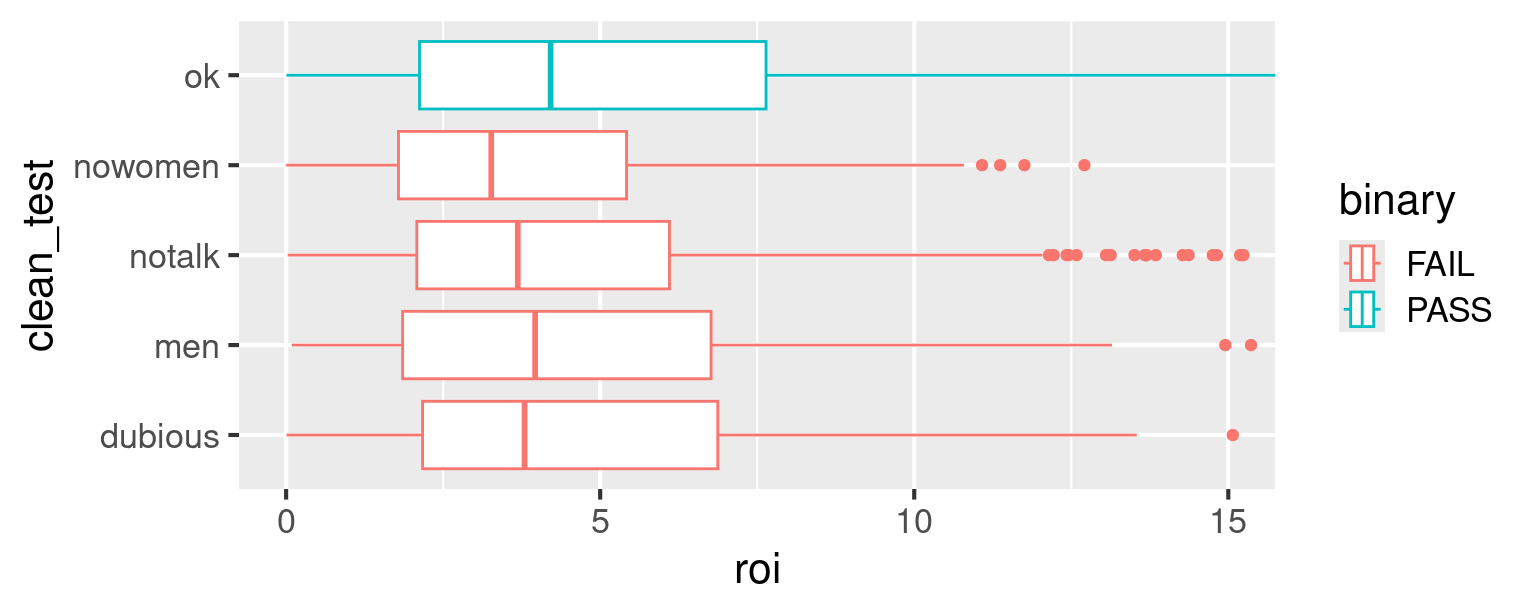
Sneak preview…
to next week’s data wrangling pipelines…
Median ROI
Median ROI by test result
ROI by test result – zoom in
What does this plot say about return-on-investment on movies that pass the Bechdel test?
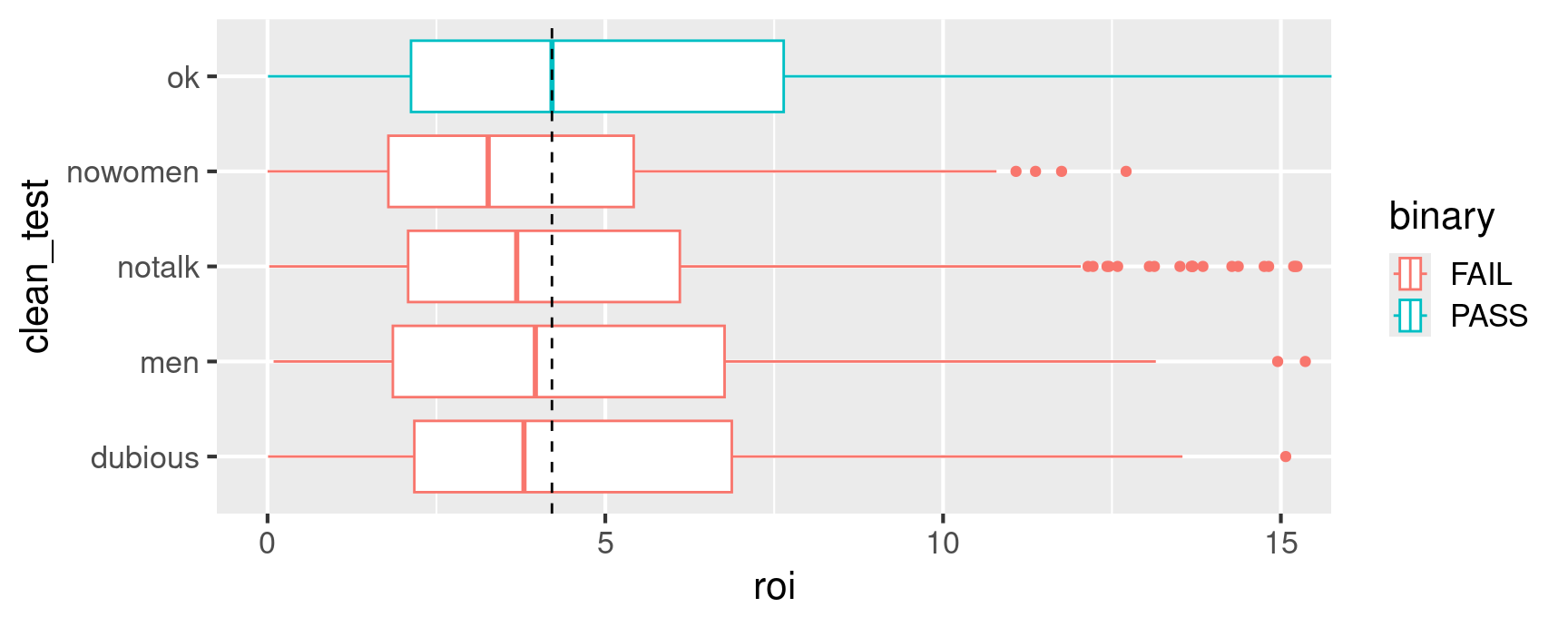
Application exercise
ae-03-duke-forest
If you’ve been here for a while:
and following along with the application exercises…
Go to the project navigator in RStudio (top right corner of your RStudio window) and open the project called ae. If there are any uncommitted files, commit them, and then click Pull.
If you’ve new:
or haven’t been following along with the application exercises…
Go to the course GitHub org and find your ae repo. Clone the repo in your container, open the Quarto document called ae-03-duke-forest.
